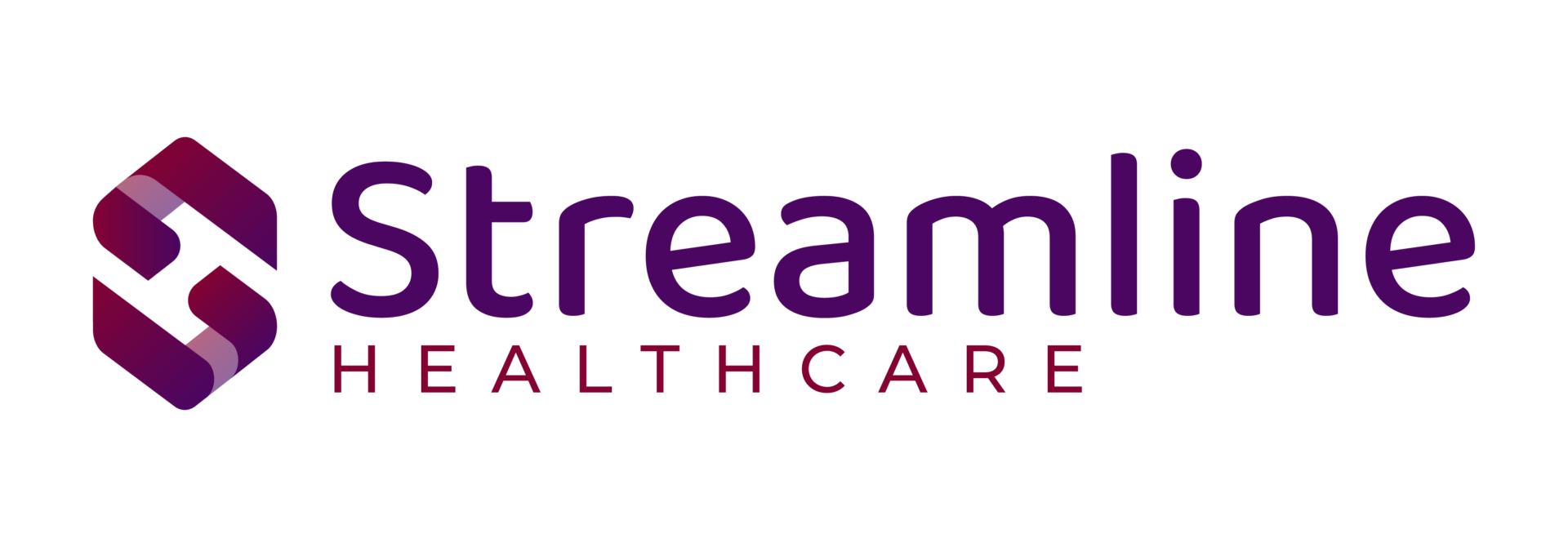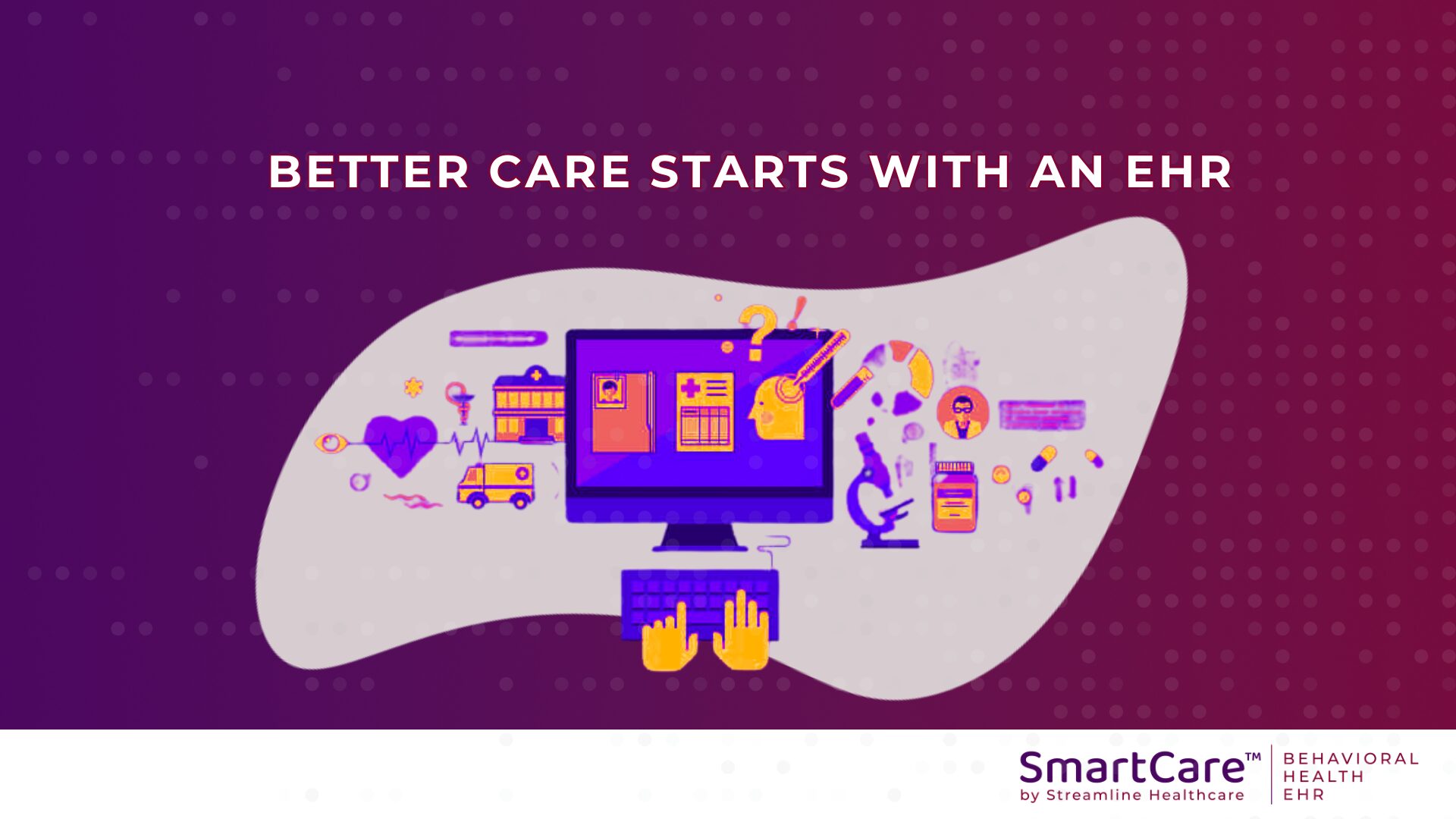In November, the Centers for Medicare & Medicaid services released the Final Rule for the second year of the Quality Payment Program (QPP). The purpose of the Quality Payment Program is to incentivize, and improve, quality of care by setting into place payment adjustments based on the data reported to CMS. In an effort to reduce the burden of reporting, the Quality Payment Program is a combination of the current Meaningful Use, Physician Quality Reporting Program (PQRS), and Value-Based Payment Modifier (VBPM) programs.1 The requirements are weighted by four categories, Quality, Resource Use, Clinical Practice Improvement Activities, and Advancing Care Information. Based on the composite score of these four areas, clinicians will receive positive or negative adjustments on reimbursement rates.2
How do you know if you are on track to receive a positive adjustment? Here are a few tips and sources to get you started:
- Find out if you are eligible for either the Quality Payment Program in the Advance Alternative Payment Model (APM) or Merit-Based Incentive Payment System (MIPS):
- Determine MIPS Participation Status here.
- Determine Qualifying APM Participant (QP) Look Up Tool status here.
- If you are eligible, learn what it means to participate in the QPP and the requirements. The Quality Payment Program’s main page has resources such as Webinars and Trainings.
- In addition to the general QPP requirements, you can learn more about the specific Year 2 Requirements and what is new.
- Pick the measures that work for you and your organization. Which measures will improve the quality of care for patients? Which measures can be easily adapted into existing workflows without creating additional burden? A list of the measures can be found here.
- Learn how your Electronic Health Record (EHR) captures and monitors the measures you choose to use. For example, Streamline Healthcare Solutions provides a comprehensive EHR platform which includes:
- Electronic prescribing
- Standard Summary of Care document
- Electronic sharing of Summary of Care and other Health Information Exchange possibilities
- Patient Portal with real time information updates and ability for the patient to communicate with his/her provider
- Patient Education focused on the individual patient’s needs
- Medication Reconciliation
- Standard Depression Screening Tools
- Implement the measures and monitor the data.
- Be sure all involved understand process requirements critical to the collection of data and meeting the performance measures.
- Answer the ‘Why’ of the process. Help all individuals involved in the process of providing services, and gathering data, to understand how these measures can improve patient care. How can the measures be about more than just collecting data?
- Have a process in place for monitoring data, evaluating areas where measures are not met, and determining best practices to improve the quality of care using these measures.
With the ever changing requirements organizations face in providing Behavioral Healthcare services, it is important that the focus remain on the patient, and not on the paperwork and reporting. However, this can be challenging. The foundation for keeping this focus begins with a solid understanding of the requirements you and your organization face. Once the foundation has been established and the requirements are recognized, choose to implement the measures, which can have the most impact on improving patient care and outcomes.
References:
- Golder, Dan “MIPS, MACRA & MU — The Next Evolution of Healthcare Payment Reform.” Impact Insights. Impact Advisors. Web. 13 Nov. 2017.
- The Merit Based Incentive System: MIPS Scoring Methodology Overview.” The Medicare Access & CHIP Reauthorization Act of 2015. Centers for Medicare and Medicaid Services. Web. 13 Nov. 2017.
Katie Morrow
VP, Implementation Services – Business Analyst
Katie Morrow is a Licensed Bachelor’s Social Worker with seven years’ experience in the clinical field. In her clinical experience she was a Case Manager for adults with mental illness and developmental disabilities. After receiving a Masters Degree in Public Administration, she transitioned to also doing quality improvement tasks as a Performance Improvement Clinician, which included coordination of The Joint Commission and State audit reviews, data analysis of the electronic health record data, and staff training for her agency on the use of Streamline products. She began working directly for Streamline in August of 2011. With Streamline, Katie has been the project manager on several implementations as well as providing training and support to Streamline’s customers.





